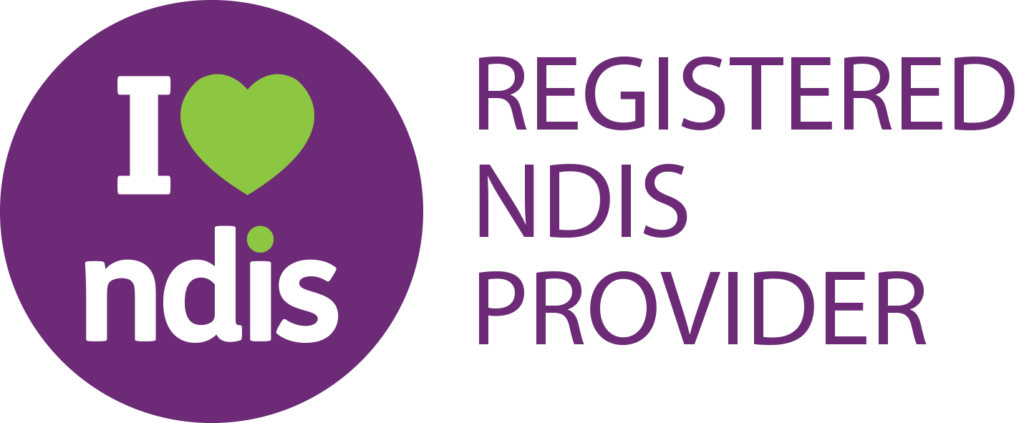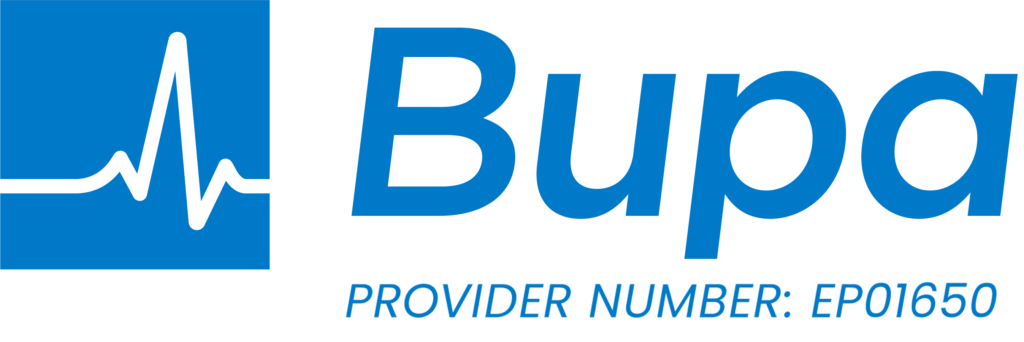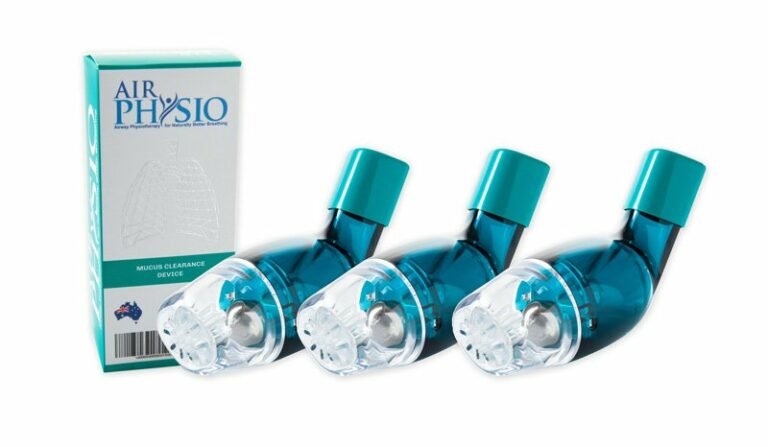Why Lung Health Matters on World MS Day – And Every Day
Each year on May 30, the world unites to recognise World MS Day – a powerful movement that brings together the global Multiple Sclerosis (MS)
Tuberculosis, commonly known as TB, is an infectious disease caused by infection with the Mycobacterium tuberculosis bacterium. TB usually affects the lungs, but it can involve the kidneys, bones, spine, brain and other parts of the body.
Tuberculosis can damage a person’s lungs or other parts of the body and cause serious illness. The disease can be treated with antibiotics.
If a tuberculosis infection does become active, it most commonly involves the lungs (in about 90% of cases). Symptoms may include chest pain and a prolonged cough producing sputum. About 25% of people may not have any symptoms (i.e. they remain “asymptomatic”). Occasionally, people may cough up blood in small amounts, and in very rare cases, the infection may erode into the pulmonary artery or a Rasmussen’s aneurysm, resulting in massive bleeding.
The eroding of the airway generally is what leads to pockets and damage of the airway walls, which leads to Bronchiectasis and the build-up of mucus and phlegm.
The TB germs are in the body, but they are “inactive”. In most cases, the body’s defences control the germs. However, these germs can stay alive in an inactive state.
While the TB germs are inactive, they cannot do any damage, or be spread to other people. The person is “infected”, but not sick. For most (90 per cent of people) the germs will always be inactive. Infection can be detected by a positive result to a Tuberculin Skin Test.
It is possible, even after many years, for inactive TB germs to become active when the body’s defences are weakened. This may be due to ageing, serious illness, stressful event, drug or alcohol misuse, HIV infection (the virus that causes AIDS) or other conditions.
When inactive TB germs become active, TB disease can develop.
Tuberculosis can attack any part of the body, but the lungs are the most common site. People with TB may have some or all of the following symptoms:
Sometimes there are no symptoms. Only about 10 per cent of people who are infected with TB germs will get TB disease.
People with Tuberculosis of the lungs or throat can be infectious to others. In most cases, after two weeks of taking medication, people with Tuberculosis disease will no longer spread Tuberculosis germs.
People with Tuberculosis in other parts of the body are not infectious.
Most cases are in people who were born overseas. The most common way to catch TB is if you have close contact over a long period of time with somebody who has untreated, active disease in the lungs.
People who are at higher risk of developing active TB infection include:
While Tuberculosis is active and there is a potential for bleeding or further damage, it is recommended not to use the AirPhysio device. But once the doctor has cleared you of Tuberculosis and they believe that the lung tissue has healed, it should be fine (with the doctor’s permission) to start using AirPhysio to help clear any build-up of mucus and phlegm in the pockets of the airway which the Tuberculosis would have left (i.e. Bronchiectasis).
For more information about Tuberculosis, please refer to the following web pages and articles:
Tuberculosis
NSW Infectious Diseases Fact sheet – Tuberculosis
Healthy WA – Tuberculosis
Each year on May 30, the world unites to recognise World MS Day – a powerful movement that brings together the global Multiple Sclerosis (MS)
Asthma is more common than many people realise — affecting over 262 million individuals around the world. Yet despite how many lives it touches, asthma
In the pursuit of optimal respiratory health, understanding and implementing techniques like Chest Percussion can be a game-changer. This method, designed to enhance lung function
AirPhysio may be able to help by assisting with
✅Clearing the mucus clogging airways
✅Helps Promote Optimal Lung Capacity
✅Helps Promote Optimal Lung Hygiene
✅Helps treat Respiratory Conditions
✅May Reduce the chance of developing lung infections
✅Recommended by doctors, physical Therapists & Pulmonologists
✅Helps Make Breathing Easier
✅Sold in 106 countries globally


Do you suffer from Dry or Persistent Cough, Breathlessness, Respiratory or Severe Respiratory Conditions, or Shortness of Breath as you Get Older?

THIS PRODUCT MAY NOT BE RIGHT FOR YOU. READ THE WARNINGS BEFORE PURCHASE (Contraindications of Untreated pneumothorax; Tuberculosis; Oesophageal surgery; Right-sided heart failure; Middle ear pathology, such as ruptured tympanic membrane)
FOLLOW THE DIRECTIONS FOR USE
IF SYMPTOMS PERSIST, TALK TO YOUR HEALTH PROFESSIONAL

Gallery
AirPhysio is an Oscillating Positive Expiratory Pressure (OPEP) device that is used for mucus clearance and lung expansion to help in the treatment of respiratory conditions. The use of the AirPhysio device helps to facilitate secretion mobilization and maximize lung volume for cleaner healthier lungs.
© AirPhysio 2022 – All Rights Reserved
| Cookie | Duration | Description |
|---|---|---|
| cookielawinfo-checkbox-analytics | 11 months | This cookie is set by GDPR Cookie Consent plugin. The cookie is used to store the user consent for the cookies in the category "Analytics". |
| cookielawinfo-checkbox-functional | 11 months | The cookie is set by GDPR cookie consent to record the user consent for the cookies in the category "Functional". |
| cookielawinfo-checkbox-necessary | 11 months | This cookie is set by GDPR Cookie Consent plugin. The cookies is used to store the user consent for the cookies in the category "Necessary". |
| cookielawinfo-checkbox-others | 11 months | This cookie is set by GDPR Cookie Consent plugin. The cookie is used to store the user consent for the cookies in the category "Other. |
| cookielawinfo-checkbox-performance | 11 months | This cookie is set by GDPR Cookie Consent plugin. The cookie is used to store the user consent for the cookies in the category "Performance". |
| viewed_cookie_policy | 11 months | The cookie is set by the GDPR Cookie Consent plugin and is used to store whether or not user has consented to the use of cookies. It does not store any personal data. |
2 Responses
This post provides clear idea in favor of the new viewers of blogging, that genuinely how to do running a blog.
Thank you Reginald, Please follow and Like our Facebook page https://www.facebook.com/airphysio and it will keep you posted of other articles which we post.